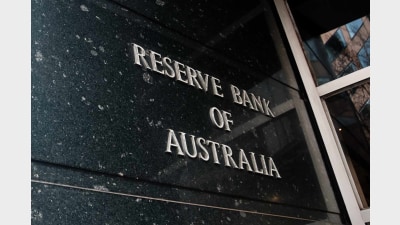Super funds move to stem the SMSF tide


Both retail master trusts and industry superannuation funds have been losing members to self-managed superannuation funds and this is only likely to change by offering improved products and services and pursuing better member engagement, writes Mike Taylor.
Twice in the past 12 months, the chairman of Media Super, Gerard Noonan, has used a Super Review roundtable exercise to voice his concern about the manner in which members are leaving his fund to establish self-managed superannuation funds (SMSFs).
As the transcript published in the lift-out of this edition of Super Review makes clear, Noonan holds concerns that some Media Super members, especially those with account balances as low as $30,000, may have been persuaded to establish an SMSF on the basis of bad advice.
Coincidentally, in the same week that Noonan was expressing his concerns, Roy Morgan research produced new data confirming that there had been no particular tapering off in the rate at which SMSFs are being established in Australia, and that the major reasons people were making the move were the fees charged by their existing funds and dissatisfaction with investment returns.
It might give Noonan some comfort to know that while industry superannuation funds are certainly losing members to SMSFs, they are doing so at a rate less than retail master trusts.
However what is important about the continued momentum in SMSF establishment is that it has occurred despite the solid improvement in superannuation funds which has been generated over the past two years. According to the principal of research house Chant West, Warren Chant, super returns in 2012/13 reached their highest single-year level since 1997.
Further, Chant pointed out that super returns had started 2013/14 in good shape, with the median growth fund gaining 4.9 per cent in the September quarter.
This is important because the initial surge in SMSF establishment was seen as being directly attributable to the economic downturn which occurred in the early 2000s and the consequent slump in returns, which prompted many fund members with high account balances to believe they could do better on their own.
What could not have been predicted at the time was the manner in which that surge in interest and SMSF start-ups would give rise to the creation of a distinctive SMSF industry which has, in turn, given rise to substantial investments by the major players such as Macquarie Bank, AMP Limited and the Commonwealth Bank both directly and via its control of Count Financial.
Right from the start of the rise and rise of the SMSF sector there was the broadly-stated view that self-managed funds were not something that should be pursued by those with low account balances. It was believed as early as 2002 that a minimum balance of $250,000 was desirable and, these days, most commentators suggest upwards of $300,000 is required.
This of course suggests that Noonan is right to be concerned about his Media Super members being lured into SMSFs with as little as $30,000 in their accounts, but the problem may not be as large as he suggests, with recent data released by the Australian Securities and Investments Commission (ASIC) suggesting low-balance start-ups are little more than 2 per cent.
As well, Media Super has many members in the newspaper publishing industry, which is going through rapid consolidation and within which many large redundancy payments are being made. Therefore, it is entirely possible that while a member might have only $30,000 in the fund, they have received a redundancy payment of up to $200,000.
Noonan’s concern about the loss of members to SMSFs is understandable and he is probably right in identifying financial advisers and accountants as being the sources of messages which have persuaded people to switch.
However the answer for Media Super and other similar funds may lie in better projecting the benefits of membership via high levels of engagement and more precise communications.
An increasing number of superannuation funds are beginning to offer the types of products which are attractive to those who establish SMSFs. This looks likely to be an increasing trend but it is probably too late to stop the rise and rise of-self managed funds.
Recommended for you
High risk, high return assets will become dangerous options for superannuation funds under the Federal Government’s planned $3 million superannuation changes, writes Brad Twentyman.
Economic policy can no longer ignore the macroeconomic impacts of Australia's superannuation system and the emerging policy implications, writes Tim Toohey.
In an age where climate concerns and social consciousness dominate headlines, it’s no surprise that investors are increasingly seeking investments that align with their values, writes Simon O’Connor.
How profit-for-member superannuation funds can embed 'commerciality with a heart' and marry a member-first culture with commercial outcomes.













Add new comment